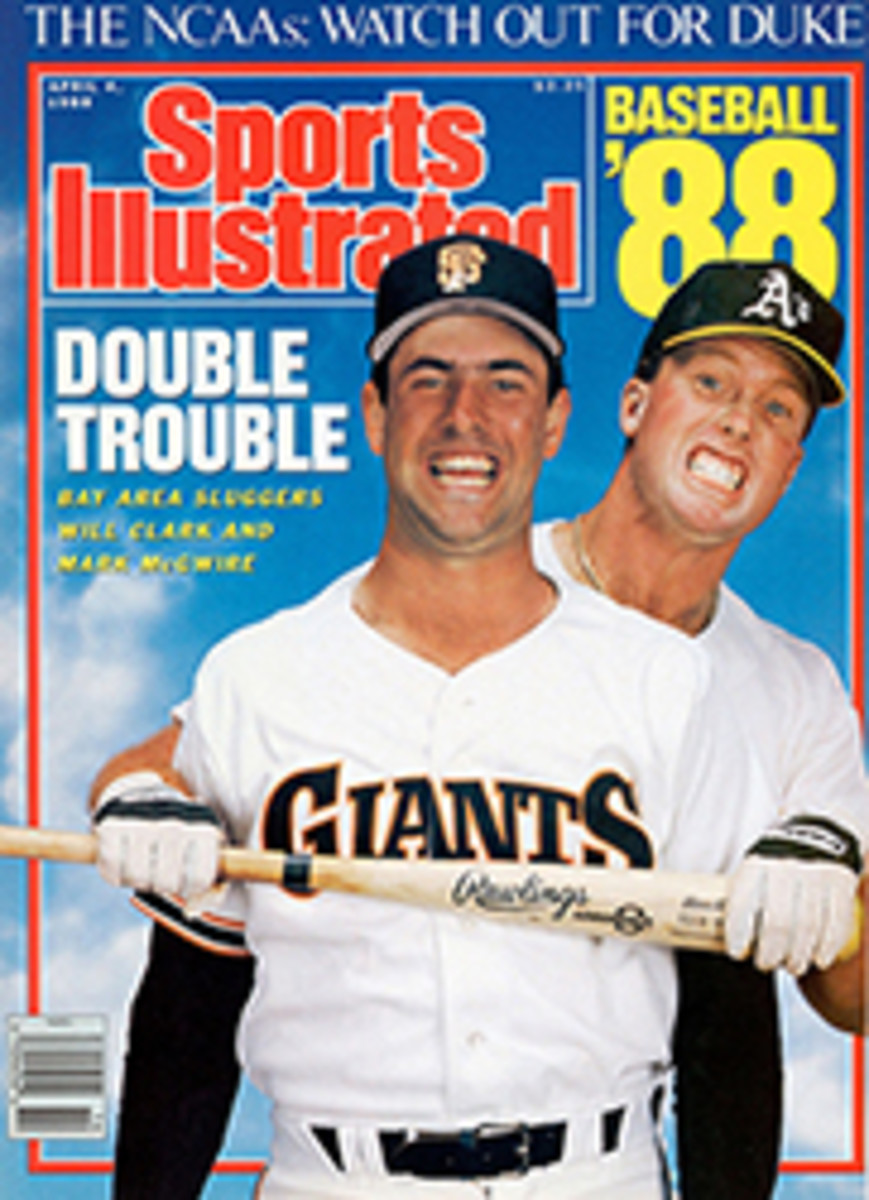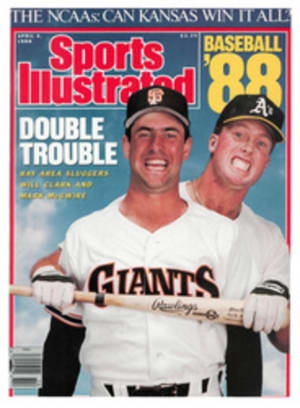
HIGH JINKS OR HIGH SKILL?
On the afternoon of April 2, 1931. a 17-year-old lefthander named Jackie Mitchell walked to the mound for the Double A Chattanooga Lookouts and began throwing warmup pitches before facing the New York Yankees, who were working their way north at the end of spring training. Chattanooga's starting pitcher, Clyde Barfoot, had opened the exhibition game by giving up a double to the leadoff batter, Earle Combs, and a run-scoring single to the second hitter, Lyn Lary. At that point, Lookouts manager Bert Niehoff called on Mitchell, a slim 5'8" rookie.
Mitchell, signed by Chattanooga only a few days before, had high school and semipro experience but had never pitched in a professional game. The first batter Mitchell would face was Babe Ruth, to be followed by Lou Gehrig. "Yes, I think I can strike him out," Mitchell had told reporters the day before when asked about the possibility of facing the intimidating Ruth. The crowd of 4,000 roared in anticipation of an epic confrontation while, in the small press box, the scorer entered Mitchell's name in his book. Now it was official: For the first time, a woman would play in a professional baseball game.
The owner of the Lookouts, Joe Engel, who was in the stands, smiled broadly. The signing of Mitchell, a local sports phenomenon who had played baseball for Engel's female semipro Engelettes, was the latest in a long string of publicity stunts. Mitchell was to have pitched to the Yankees on April Fools' Day, but rain delayed the game 24 hours.
"I don't know what's going to happen if they begin to let women in baseball," the Babe had said before the game. For her part, Mitchell had told reporters, "All I want is to stay in baseball long enough to get money to buy a roadster."
Ruth stepped in against Mitchell and took his classic stance. Using a motion best described as an underhand Bobo Newsom, her pitch would take a mean drop just before it reached the plate. She wound up and threw. Wide, a ball. The next two pitches were in or near the strike zone. Ruth swung and missed them both. He then asked that the ball be inspected. The plate umpire found nothing amiss. Mitchell then delivered the 1-2 pitch.
"STEEE-rike," bellowed Owens, who had to be at least as brave as Mitchell. The Babe flung down his bat in protest and stalked off the field. The crowd went berserk. "He was really mad ... and something to behold," recalled Mitchell in a 1986 interview with Hal Hayes of The Atlanta Constitution.
After Ruth disappeared into the dugout, Gehrig stepped up and swung hard at three sinkers, missing them all. Yankee second baseman Tony Lazzeri was up next. He checked his swing on the first ball, which missed its mark, then walked on three subsequent pitches. Niehoff returned to the mound and called for the reinstatement of starting pitcher Barfoot. Mitchell walked off the field and into the record book.
But just how legit was all this? Were the Yankees really trying or were they part of a stunt? The salty-tongued Mitchell told Hayes, "Why, hell yes, they were trying, damn right. Hell, better hitters than them couldn't hit me.... Why should they've been any different?" Certainly Engel's reputation for showmanship casts doubt on Mitchell's protestations, but does it matter? Box scores, it is said, don't lie, and record books log numbers, not mitigating circumstances.
Two days after Mitchell's strikeouts, The New York Times hailed her feat on its editorial page: "The prospect grows gloomier for misogynists.... Her record will show that she struck out two leading batsmen, Ruth and Gehrig."
Mitchell continued to play semipro baseball in Chattanooga until 1937, at which time she retired from baseball to work in her father's optometry business. She later married and became a housewife. Mitchell died last year, but her record stands.
PHOTO
CHATTANOOGA REGIONAL HISTORY MUSEUM
"Better hitters than them couldn't hit me," said Mitchell after facing the Yankee duo.
William Jeanes of Grosse Pointe, Mich., is the editor of "Car and Driver" magazine.

